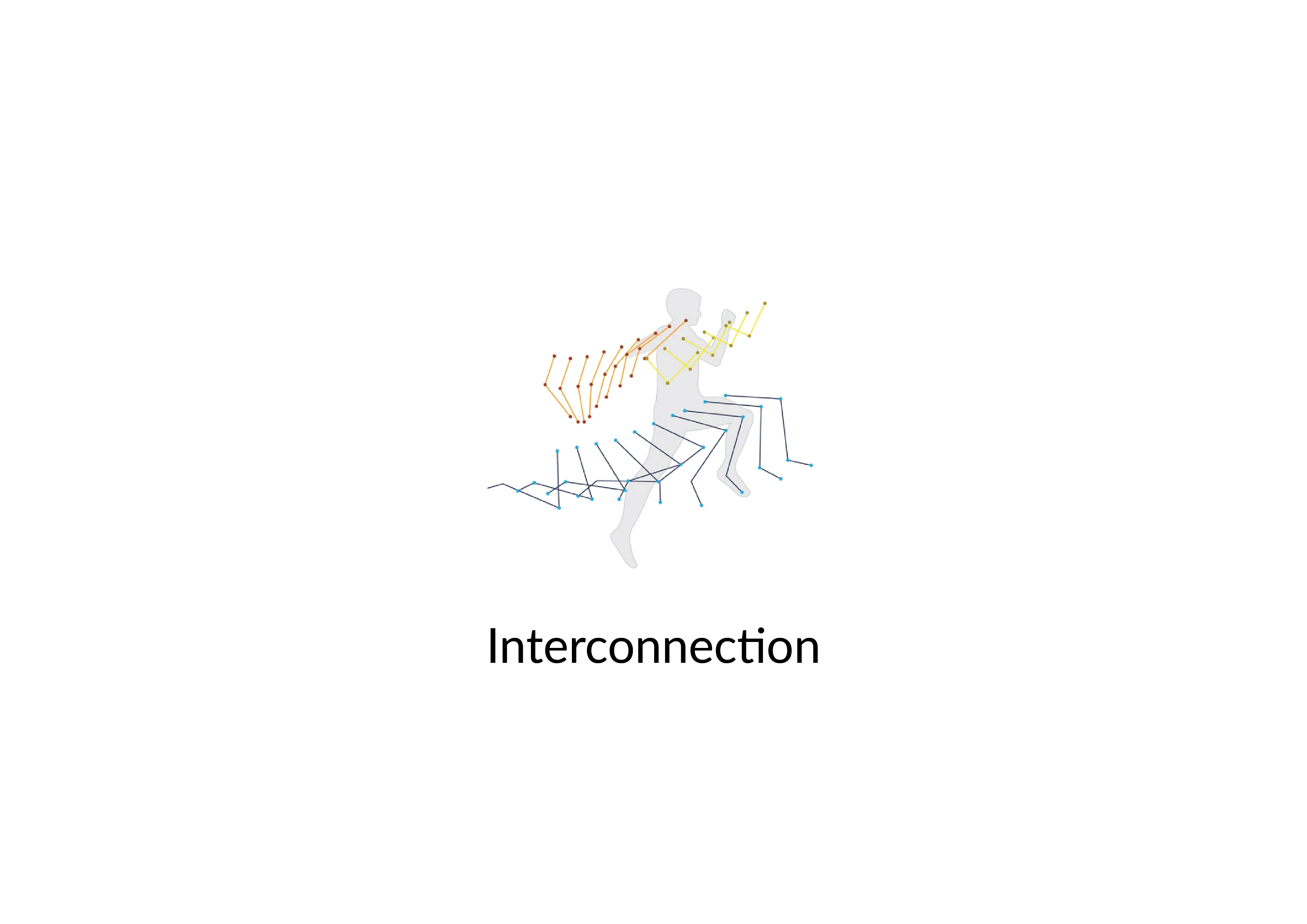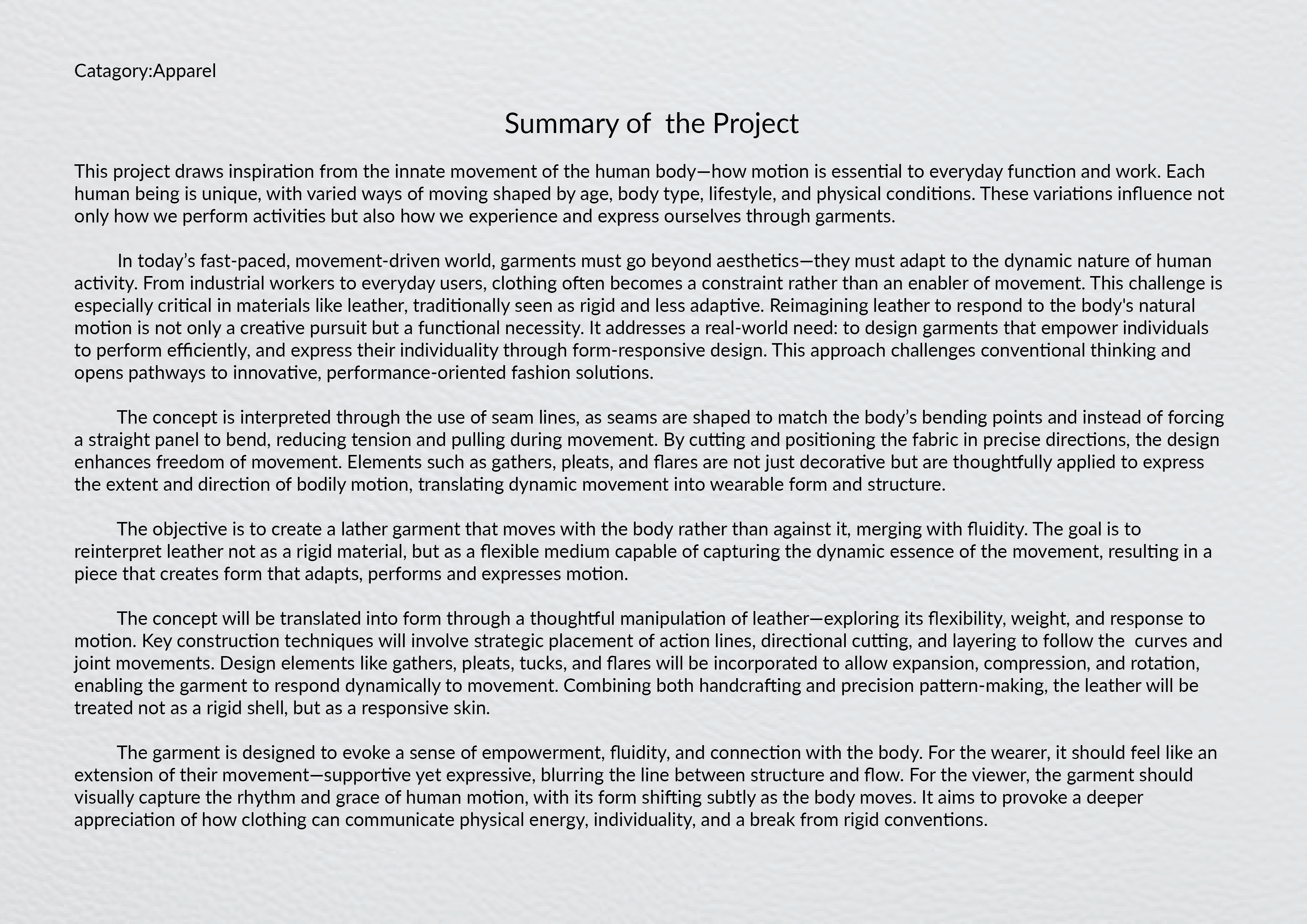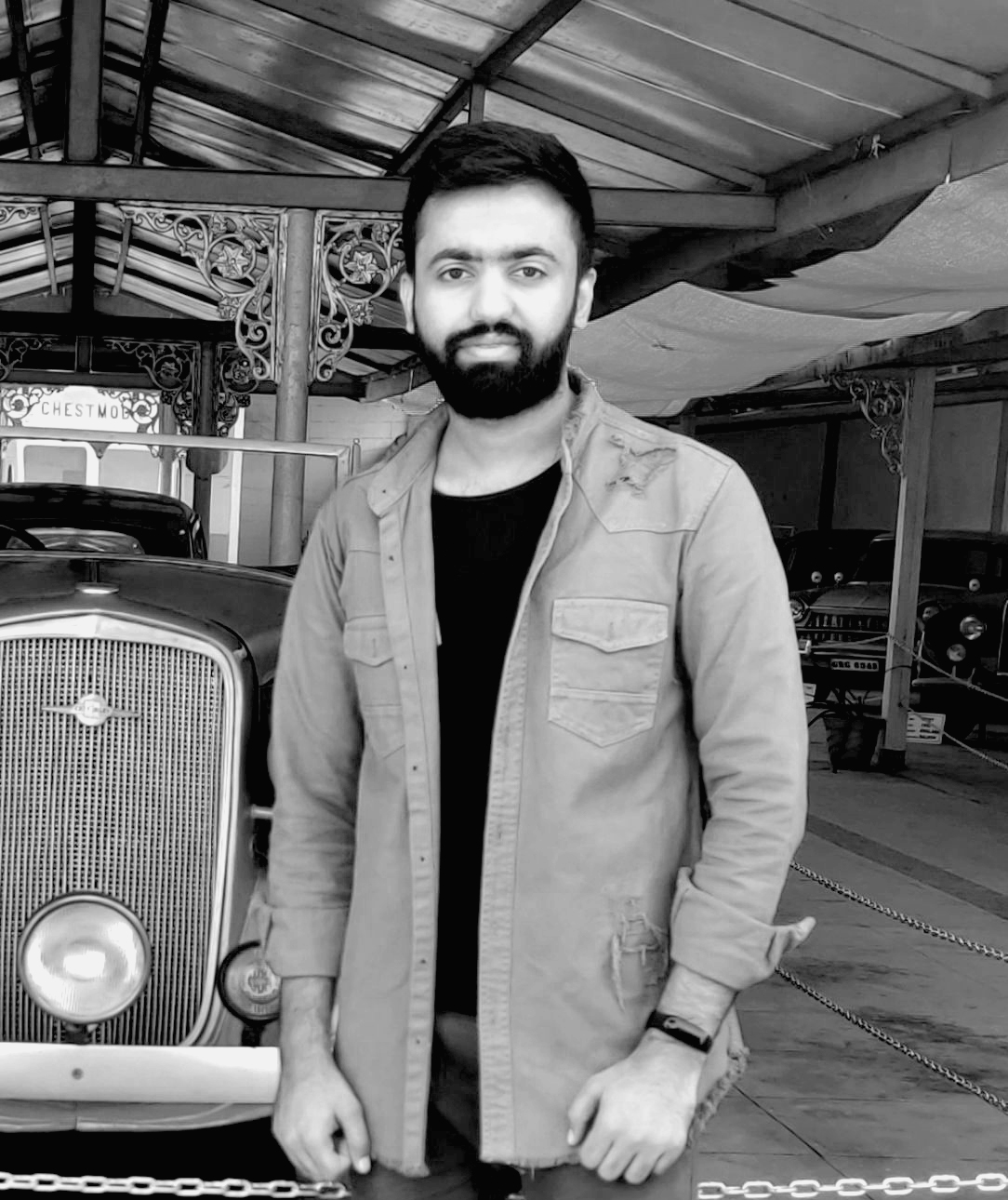INTERCONNECTION
Category: Apparel
Catagory:Apparel Summary of the Project This project draws inspiration from the innate movement of the human body—how motion is essential to everyday function and work. Each human being is unique, with varied ways of moving shaped by age, body type, lifestyle, and physical conditions. These variations influence not only how we perform activities but also how we experience and express ourselves through garments. In today’s fast-paced, movement-driven world, garments must go beyond aesthetics—they must adapt to the dynamic nature of human activity. From industrial workers to everyday users, clothing often becomes a constraint rather than an enabler of movement. This challenge is especially critical in materials like leather, traditionally seen as rigid and less adaptive. Reimagining leather to respond to the body's natural motion is not only a creative pursuit but a functional necessity. It addresses a real-world need: to design garments that empower individuals to perform efficiently, and express their individuality through form-responsive design. This approach challenges conventional thinking and opens pathways to innovative, performance-oriented fashion solutions. The concept is interpreted through the use of seam lines, as seams are shaped to match the body’s bending points and instead of forcing a straight panel to bend, reducing tension and pulling during movement. By cutting and positioning the fabric in precise directions, the design enhances freedom of movement. Elements such as gathers, pleats, and flares are not just decorative but are thoughtfully applied to express the extent and direction of bodily motion, translating dynamic movement into wearable form and structure. The objective is to create a lather garment that moves with the body rather than against it, merging with fluidity. The goal is to reinterpret leather not as a rigid material, but as a flexible medium capable of capturing the dynamic essence of the movement, resulting in a piece that creates form that adapts, performs and expresses motion. The concept will be translated into form through a thoughtful manipulation of leather—exploring its flexibility, weight, and response to motion. Key construction techniques will involve strategic placement of action lines, directional cutting, and layering to follow the curves and joint movements. Design elements like gathers, pleats, tucks, and flares will be incorporated to allow expansion, compression, and rotation, enabling the garment to respond dynamically to movement. Combining both handcrafting and precision pattern-making, the leather will be treated not as a rigid shell, but as a responsive skin. The garment is designed to evoke a sense of empowerment, fluidity, and connection with the body. For the wearer, it should feel like an extension of their movement—supportive yet expressive, blurring the line between structure and flow. For the viewer, the garment should visually capture the rhythm and grace of human motion, with its form shifting subtly as the body moves. It aims to provoke a deeper appreciation of how clothing can communicate physical energy, individuality, and a break from rigid conventions.



 Copy URL
Copy URL
 Login to Like
Login to Like 
